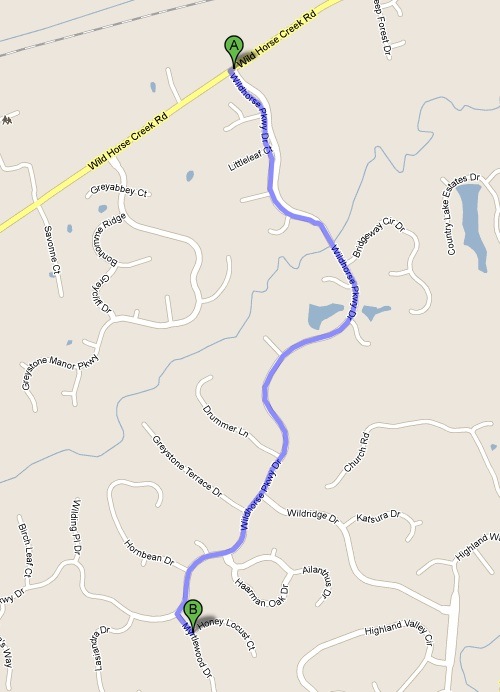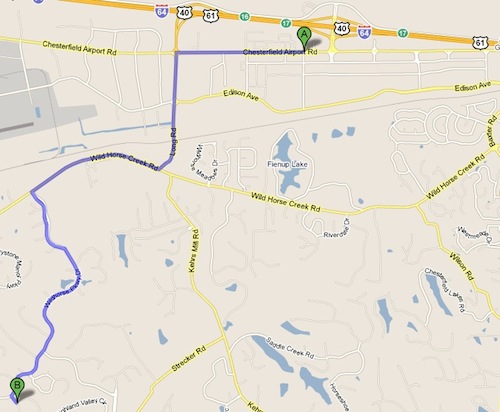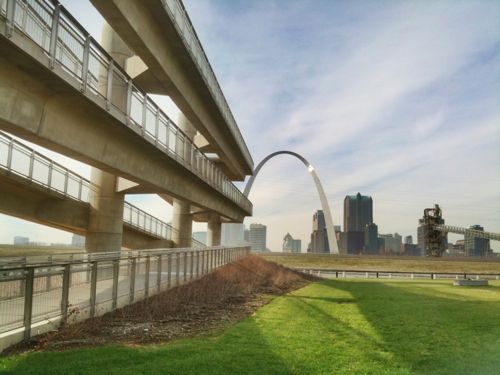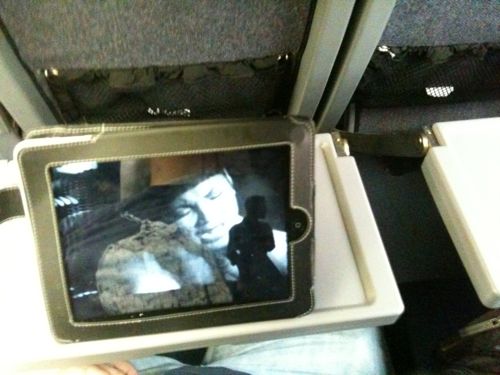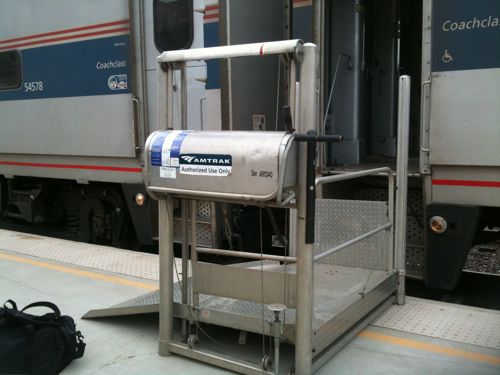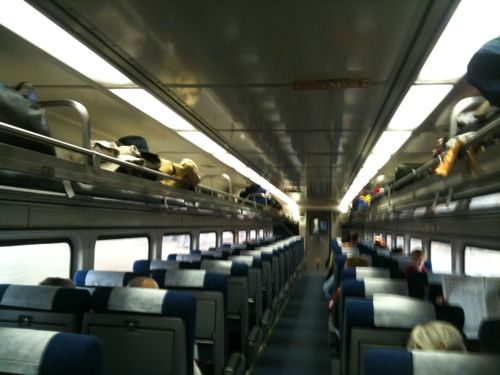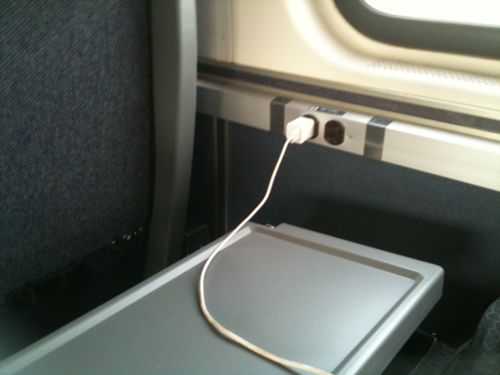The Density Needed For Walkability Myth
Continuing the walkability theme from yesterday, I thought it would be interesting to explore the assertion that walkability requires density. So I decided to look at 1st tier suburb Kirkwood MO and 2nd tier suburb Ballwin MO to see if this is the case.  If you buy into the theory that walkability requires density then you probably think  Kirkwood is more walkable because it has greater density than Ballwin.
As you will see, walkability has less to do with density and everything to do with how the land is used, a reflection of the era in which they were created.
Kirkwood, MO:
- Established: 1853
- Total Area: 9.3 square miles
- Density in 2000:Â 2,961.3/sq mi
- Source: Wikipedia
- Walk Score:Â 88/100 – Very Walkable (101-115 W Adams Ave)
Ballwin, MO:
- Established: 1950 (incorporated)
- Total Area: 9 square miles
- Density in 2009:Â 3,494.6/sq mi
- Source: Wikipedia
- Walk Score: 62/100 – Somewhat Walkable (15025 Manchester Rd)
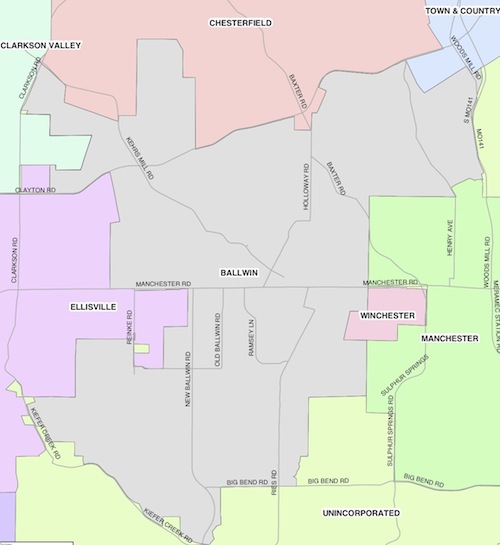
For the Walk Score of both suburbs I just put in the city name, it determined the address it must consider the center point.
So the older, less dense, suburb is more walkable than the newer, more dense, suburb. Â How can this be? Â Ballwin was planned at a time when people thought nothing of getting in the car for every trip. Â The lady of the house had her own car now so she could drive the kids to school, do some shopping and get groceries on the way home. Kirkwood, on the other hand, was laid out long before the car. Â Being near the train station was important for reaching St. Louis.
Residential lots in Kirkwood are about the same size as those in Ballwin, the big difference is the Kirkwood lots are narrow & deep whereas the Ballwin lots are wide & shallow. Â Commercial districts are vastly different between the two. Â Kirkwood has too much newer auto-dependent retail but it also has a nice 19th century downtown.
Fortunately, Ballwin is not a lost cause.  It, and many other 2nd tier suburbs of the same era can be retrofitted to be more walkable.   The existing residential neighborhoods of single-family detached homes can remain unchanged, except for the addition of sidewalks internally and leading out to the commercial areas. Manchester Rd in Ballwin running through Kirkwood and into the City of St. Louis is an ideal corridor to be retrofitted. New structures can be built to infill the massive parking lots.  I can picture enhanced bus service or even a streetcar line the entire distance.
– Steve Patterson

